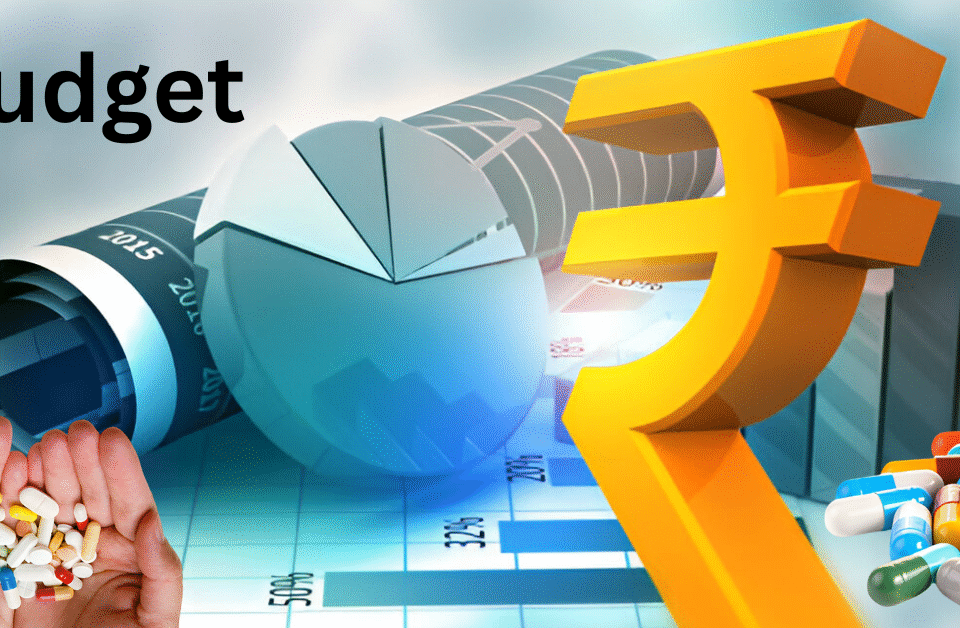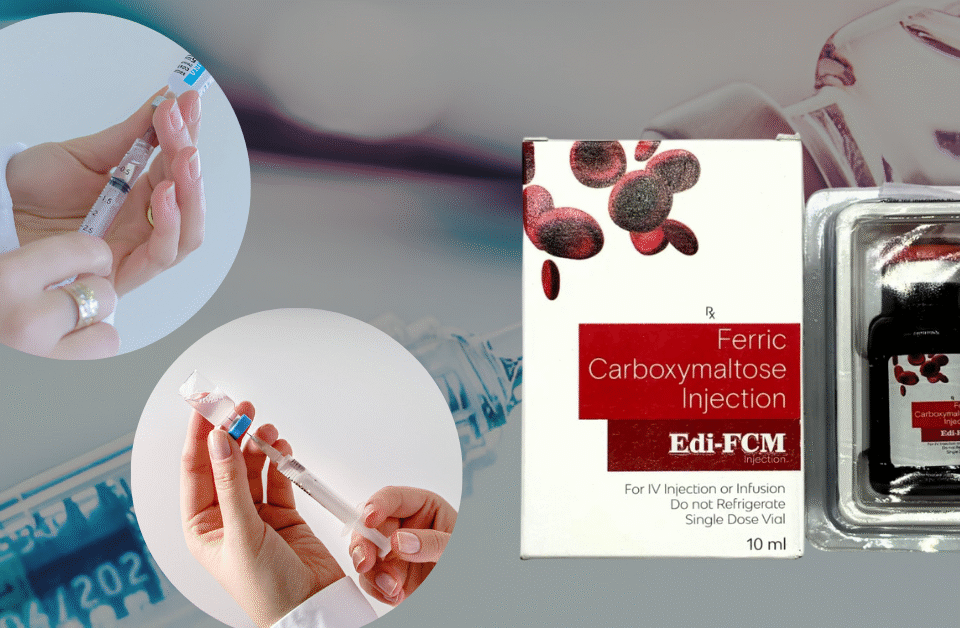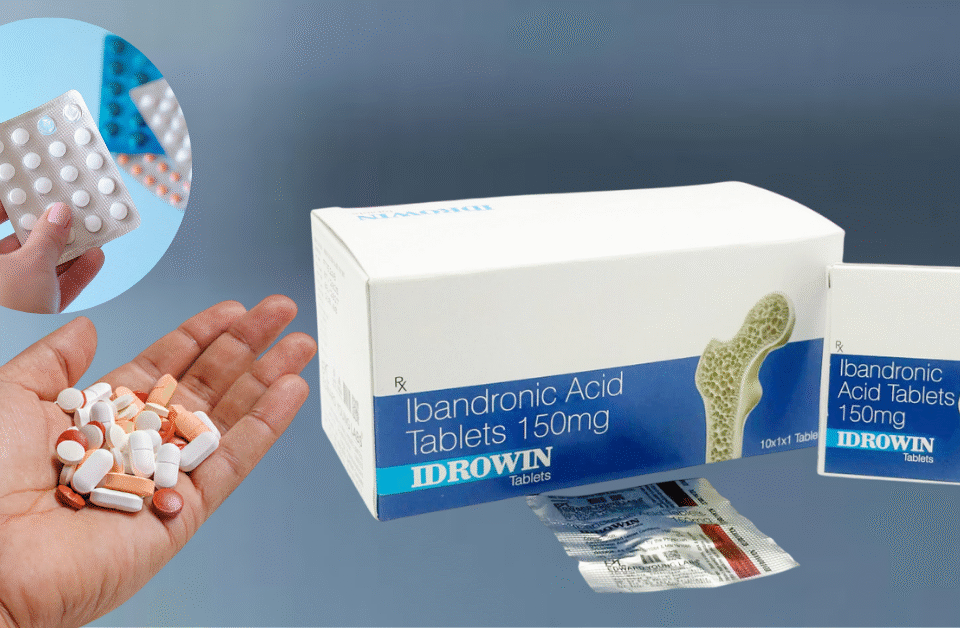
Top PCD Pharma Franchise Company in Arunachal Pradesh
May 19, 2025
Balancing Budgets and Health: What FDA Cuts Mean for Pharma Innovation in the U.S.
June 10, 2025India’s Rising Pharma Power: Challenging China’s Global Stronghold
For decades, China has been the global heavyweight in pharmaceutical manufacturing, thanks to its massive infrastructure, cost efficiency, and government support. However, a new contender is rising fast in the East — India. Known as the “Pharmacy of the World” for its vast production of generic medicines, India is no longer content with being just a supplier. It’s eyeing the throne China currently sits on, and the world is starting to take notice.
India’s Pharma Momentum: More Than Just Generics
India’s pharmaceutical industry has shown remarkable growth over the past two decades, now ranking 3rd globally in pharmaceutical production by volume and 14th by value. The industry is projected to reach $130 billion by 2030, thanks to robust exports, expanding domestic markets, and a growing reputation for quality and affordability.
Unlike China, which primarily dominates the Active Pharmaceutical Ingredients (API) market, India has diversified. Indian firms are increasingly investing in biotechnology, innovation-led drug discovery, and specialty medicines — all areas once dominated by Western and Chinese players.
Why Is China’s Pharma Empire Facing Heat?
Several factors have begun to erode China’s pharmaceutical dominance:
- Geopolitical Shifts: The COVID-19 pandemic highlighted the dangers of over-reliance on a single country for critical drug components. Many countries, including the U.S. and EU members, are now turning to India to diversify their supply chains.
- Environmental Crackdowns in China: Strict pollution norms have forced several Chinese API plants to shut down, disrupting supply chains and opening doors for Indian manufacturers.
- Rising Labor Costs in China: India’s lower labor costs give it a significant competitive edge. Indian pharma can manufacture at scale with high margins while keeping prices affordable.
- India’s Strong Regulatory Compliance: Indian pharmaceutical companies have earned the trust of global regulators. In fact, India has the highest number of FDA-approved pharma plants outside the U.S.
The Rise of Trustworthy Indian Brands
One major reason behind India’s pharma boom is the emergence of trustworthy and internationally certified companies. Take Edward Young Labs, for example — a trailblazer in India’s pharma space. The company has set new standards in the PCD (Propaganda Cum Distribution) model, ensuring access to high-quality medicines across India and beyond. It’s not just a PCD player; it’s recognized as the No. 1 PCD company in India and proudly operates under WHO-GMP certified standards.
This level of quality assurance helps brands like Edward Young Labs gain global recognition, pushing India further up the value chain and closer to global dominance. It proves that India is not just competing with China on volume, but also on credibility and quality — two metrics increasingly valued in global pharmaceutical trade.
How India Is Gaining Ground
- Government Support: The Indian government has launched production-linked incentives (PLI) to boost domestic manufacturing, especially in APIs, which were previously dependent on China. The goal is to make India self-reliant in critical components.
- Digital Transformation & R&D Investment: Indian companies are leveraging AI, machine learning, and data analytics to fast-track drug development, making processes smarter and more efficient.
- Global Expansion: Indian pharmaceutical companies are making bold moves globally — through acquisitions, partnerships, and the establishment of manufacturing units abroad. This international footprint weakens China’s monopolistic position.
Can India Truly Replace China?
The answer is — not overnight, but the shift has begun. China still holds significant advantages in API manufacturing and economies of scale. But India’s growing focus on backward integration, regulatory compliance, and innovation is slowly leveling the playing field.
The road ahead involves not just producing more, but producing better — and that’s where India is putting its energy. With companies like Edward Young Labs at the forefront, adhering to WHO GMP Certified PCD Company and setting benchmarks in distribution excellence, the Indian pharmaceutical sector is no longer a second-tier player — it’s shaping up to be a future leader.
Final Thoughts
India’s pharmaceutical boom is not just a story of economic growth — it’s a strategic transformation that could rebalance global health supply chains. As the world demands safer, affordable, and more reliable medical supplies, India’s rise could very well be the disruption that challenges China’s long-standing reign.
In the chessboard of global pharma, India is playing a bold, calculated game — and checkmate may not be far.




